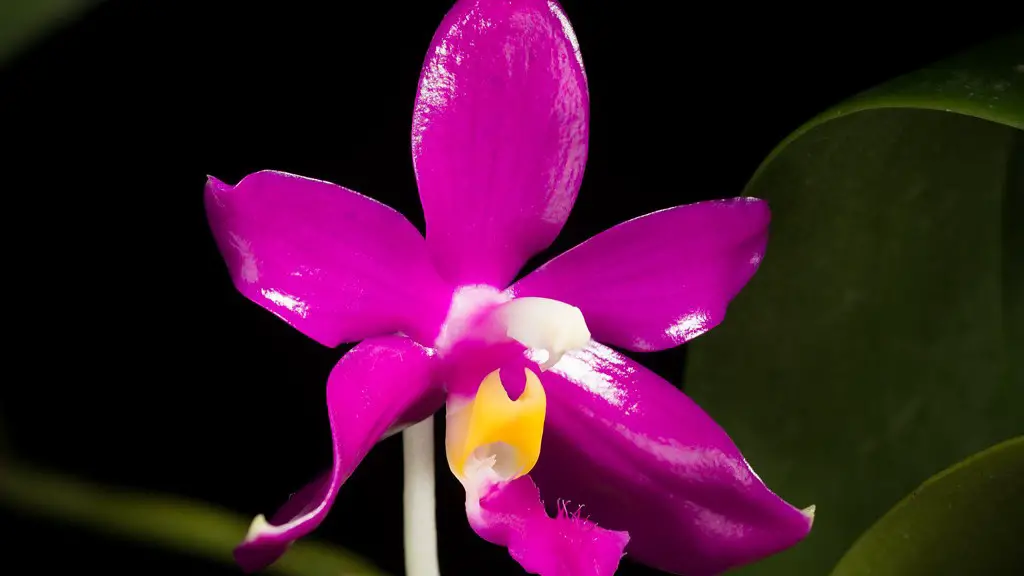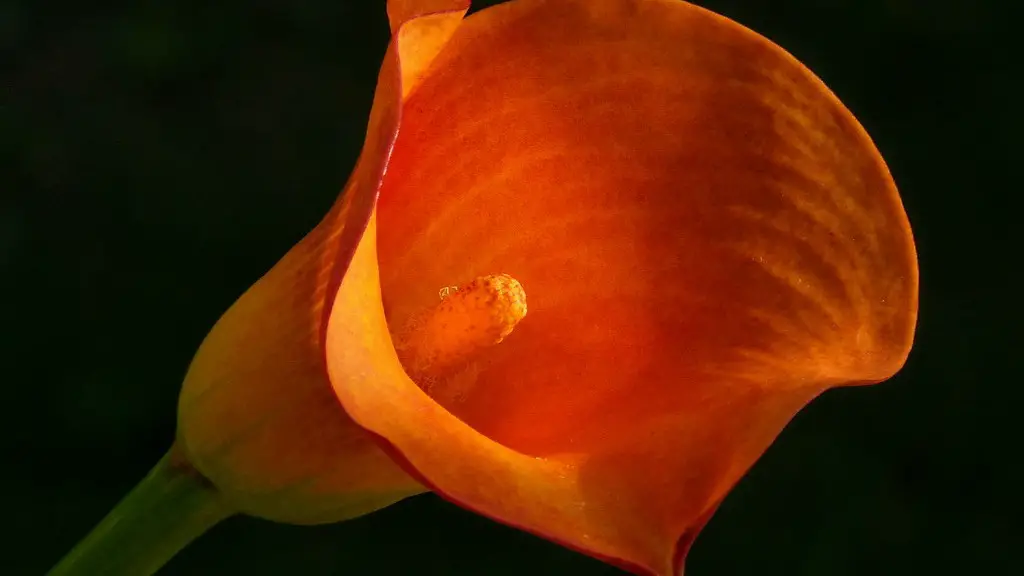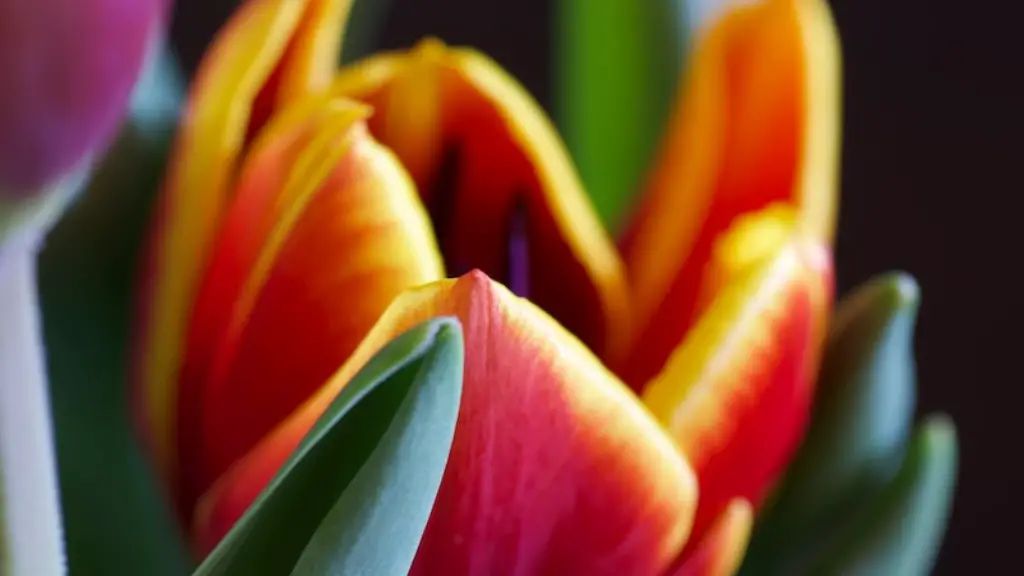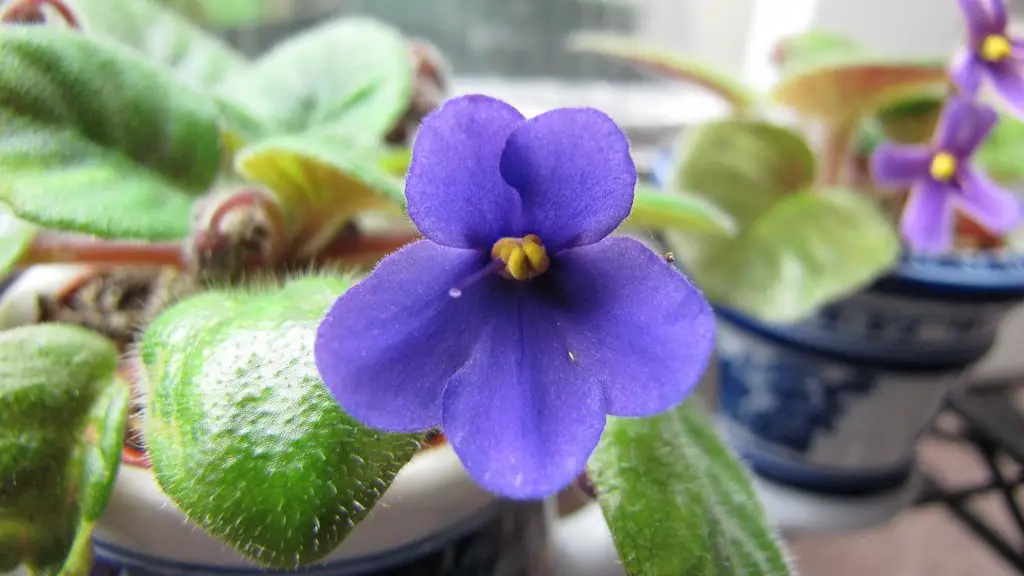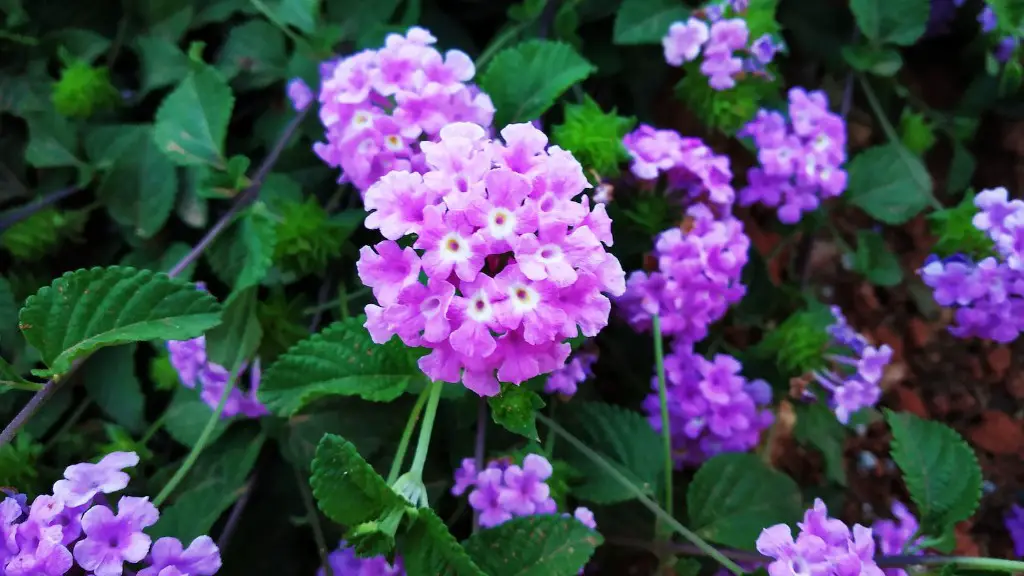Most orchids bought in stores are already in bloom. However, once the flowers fade, the plant may be discarded. With proper care, an orchid can re-bloom. Here are instructions on how to bring a phalaenopsis orchid back to life.
If your orchid is starting to look a bit worse for wear, don’t despair! With a little bit of tender loving care, you can bring it back to life in no time. Here’s what to do:
1. Check the roots. Healthy orchid roots should be white or pale green. If they’re brown or mushy, that’s a bad sign.
2. Water your orchid. Be sure to use room temperature water and water the roots, not the leaves.
3. Give it some light. Orchids need bright, indirect light to thrive.
4. Add some humidity. Orchids like their air to be nice and humid. You can achieve this by misting the leaves or placing the pot on a tray of pebbles and water.
5. Fertilize your orchid. Use a fertilizer designed specifically for orchids and follow the instructions on the package.
With a little effort, you can bring your orchid back to life and enjoy its beauty for many more years to come.
How do you revive a dying Phalaenopsis orchid?
If you have an orchid plant that is not looking its best, you may be able to revive it by repotting it in some fresh growing medium. First, cut back any dead or dying leaves or roots. Then, carefully remove the plant from its current pot. Choose a new pot that is only slightly larger than the old one, and fill it with fresh growing medium. Be sure to water the plant well after repotting. With some care and attention, your orchid should soon be looking healthy and beautiful again.
To rebloom your Phalaenopsis, start by allowing the bloom stalk to dry out completely. Once dry, cut it back to just above the second node from the bottom. New growth will emerge from this node and eventually produce a new bloom stalk. Be patient, as it can take several months for the new bloom stalk to appear.
To encourage blooming, give your orchid a light fertilizer once a month and make sure it is getting plenty of light (but not direct sunlight). If you live in a particularly cold climate, you may want to consider moving your orchid indoors for the winter.
With a little time and patience, you can enjoy beautiful blooms from your Phalaenopsis orchid for many years to come!
Can a dried up orchid be revived
If you notice that your orchid’s leaves are small or that there are fewer bloom stems than usual, it may be due to dehydration. To help your plant recover, water it carefully and consistently, and give it a light fertilizer.
If you want your orchid to bloom again, follow these simple steps. Continue to water your orchid with 3 ice cubes once a week. Fertilize your orchid once or twice a month using a balanced houseplant fertilizer at half strength. Help your orchids grow by providing plenty of indirect sunlight. Put your orchid in a cooler spot at night.
What does a dying orchid look like?
If you see any of the aforementioned signs, your plant could be dying. To save it, check the roots to see if they are mushy or yellow. If they are, replant the plant in fresh soil and water it well. You should also check the leaves for signs of stress, such as dropped leaves or faded or blotchy leaves. If you see these signs, try to increase the amount of water or light the plant is getting. If the plant is still not improving, it is likely beyond saving and you should compost it.
If you’re waiting for your orchid to rebloom, you can trigger it by fertilizing your plant and moving it to a cooler environment with temperatures between 55 and 65 degrees Fahrenheit. Your orchid will remain dormant for about nine months before blooming again for up to three months.
How do you tell if an orchid is coming back to life?
The telltale differences between a dead and healthy orchid are the crown and the roots. If the crown–the part of the plant that connects the leaves and the roots–is brown and mushy, the orchid is likely dead. However, a healthy, resting orchid has roots that are green or white and plump or firm to the touch.
If you notice a new orchid spike forming, be patient; this new growth can take around three months to fully mature. In the meantime, continue to care for your orchid as usual, making sure to provide adequate moisture and light. With a little TLC, your orchid will soon be blooming anew!
Can an orchid come back after losing all leaves
Orchids are amazing plants that not only bloom once, but can bloom multiple times over their lifetime – as long as you take proper care of them! They can rebloom on the same old flower spike as long as it is still green. You can also choose to cut the old, bare flower spike back to a node to promote bushy, lush foliage. No matter what you do, with proper care, your Orchids will continue to bloom and thrive for many years to come!
If you see that your orchid’s bottom leaves are yellow and wilted, and its buds are falling off instead of opening, then it is dehydrated. To hydrate it, water it thoroughly and then place it in a location where it will get bright, indirect light.
How do you save a dying potted orchid?
Orchids are a type of flowering plant that come in a variety of colors and shapes. They are often grown in decorative pots, but can also be grown in containers. When watering an orchid, it is important to ensure that the pot has drainage holes so that the plant does not become waterlogged.
If your orchid is pushing the plant up above the rim of the pot or reaching out into the air, it’s time to re-pot. Orchids prefer a small pot and will eventually run out of room if not re-potted.
Do orchids rebloom on old stems
Of all of the more commonly available orchids, only the Phalaenopsis (moth orchid) will re-bloom from its old spike. Phalaenopsis orchids will generally re-bloom given a little extra care, such as providing support for the new blooms and keeping the plant well-watered.
It’s easy to encourage your orchid to spike by giving it a little cool air! Place your orchid in a cooler part of your home for about a week, avoiding cold blasts of air from fans or air conditioners. An optimal nighttime temperature is between 60 and 70 degrees Fahrenheit.
Do orchids bloom again after dying?
If your plants are not blooming, don’t worry! They will bloom again, but in the meantime, you have a few options:
1. You can let it be, while making sure to fertilize it monthly or sometimes even as often as every other week.
2. Use a houseplant fertilizer or balanced fertilizer (example: 20-20-20) at half the recommended rate.
3. Try to encourage blooming by giving the plant more light. Move it closer to a window or add a grow light.
4. Make sure the plant is not too hot or too cold. Most plants bloom best in moderate temperatures.
5. Check the soil. Is it time to repot? Is the plant potbound? Plants that are potbound often stop blooming because they are stressed.
With a little TLC, your plants will bloom again in no time!
Overwatering your orchid can cause a range of problems, the most visible of which is usually seen in the leaves. Orchid leaves may begin to look limp or leathery, and may even start to turn yellow. New leaves may also look pleated. If you see any of these changes in your orchid, it’s a good indication that it’s time to start cutting back on the water.
How do you tell if an orchid is beyond saving
If you notice that the roots of your orchid are brown and mushy, this is a sign that the plant has suffered root rot and is beyond saving. Similarly, if the crown connecting the leaves and roots is also brown and mushy, this is also a sign that the plant has suffered rot.
Orchids are very sensitive to their environment and even the slightest change can impact their health. Here are some signs that your orchid leaves may be unhealthy:
– Brown or mushy roots: this is a sign of root rot and your orchid is not getting enough oxygen. Move it to a place where it receives plenty of bright, indirect sunlight.
– Very dark green leaves: this means your orchid is not getting enough light. Move it to a place where it receives plenty of bright, indirect sunlight.
– Yellow leaves: this is a sign of too much water. Allow the potting mix to dry out completely before watering again.
– Drooping leaves: this means your orchid is not getting enough water. Water it thoroughly, making sure to soak the potting mix.
Final Words
If your orchid’s leaves are wilting and the stem is soft, it’s time to give it a little TLC. Follow these tips to bring your orchid back to life:
1. Check the roots. Healthy roots are white or green, while rotting roots are brown. If the roots are brown, trim them back until you reach healthy tissue.
2. Water your orchid. Orchids like to be kept moist, but not soggy. Water your plant once a week, making sure to empty any water that collects in the saucer.
3. fertilize your orchid. Orchids need to be fertilized every two weeks during the growing season. Use a balanced fertilizer and apply it according to the package directions.
4. Give your orchid some light. Orchids prefer bright, indirect light. If your plant is not getting enough light, it will produce long, spindly leaves.
5. Repot your orchid. Orchids should be repotted every two to three years. Choose a pot that is only slightly larger than the current one, and use a well-draining potting mix.
If you have a Phalaenopsis orchid that is not blooming, don’t despair. With a little bit of knowledge and care, you can bring your orchid back to life and enjoy its beauty for years to come. First, make sure that your orchid is getting enough light. If it is not, move it to a brighter location. Second, water your orchid regularly, but be sure not to overwater it. Third, fertilize your orchid monthly with a balanced fertilizer. Finally, check for pests and diseases and treat accordingly. With a little bit of TLC, your Phalaenopsis orchid will soon be blooming again.
